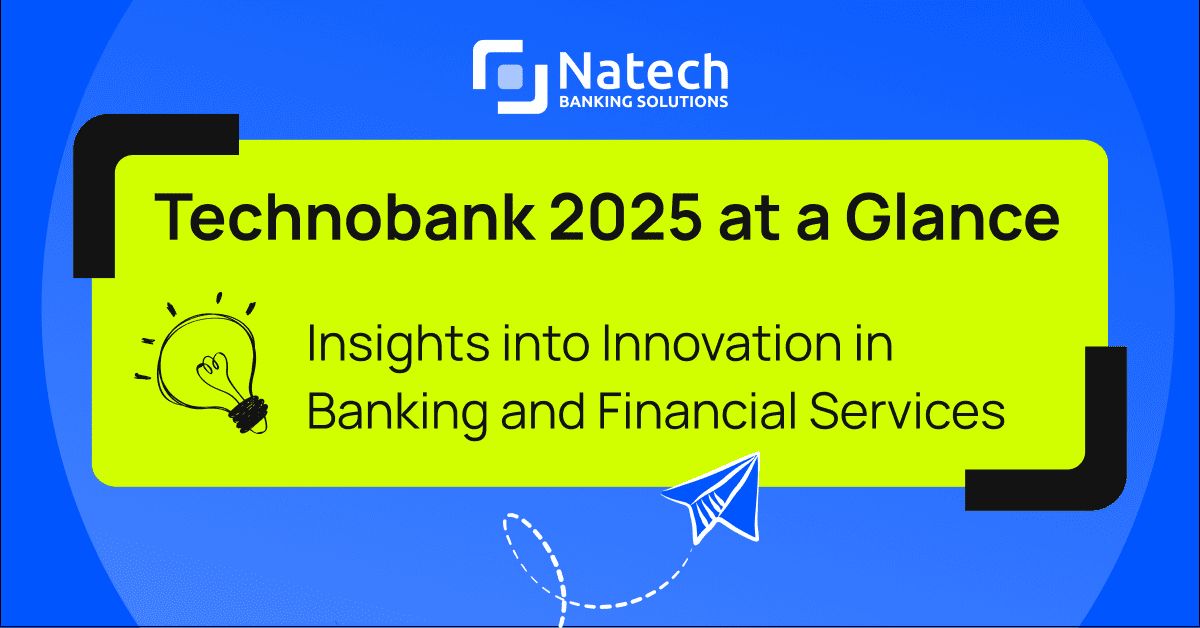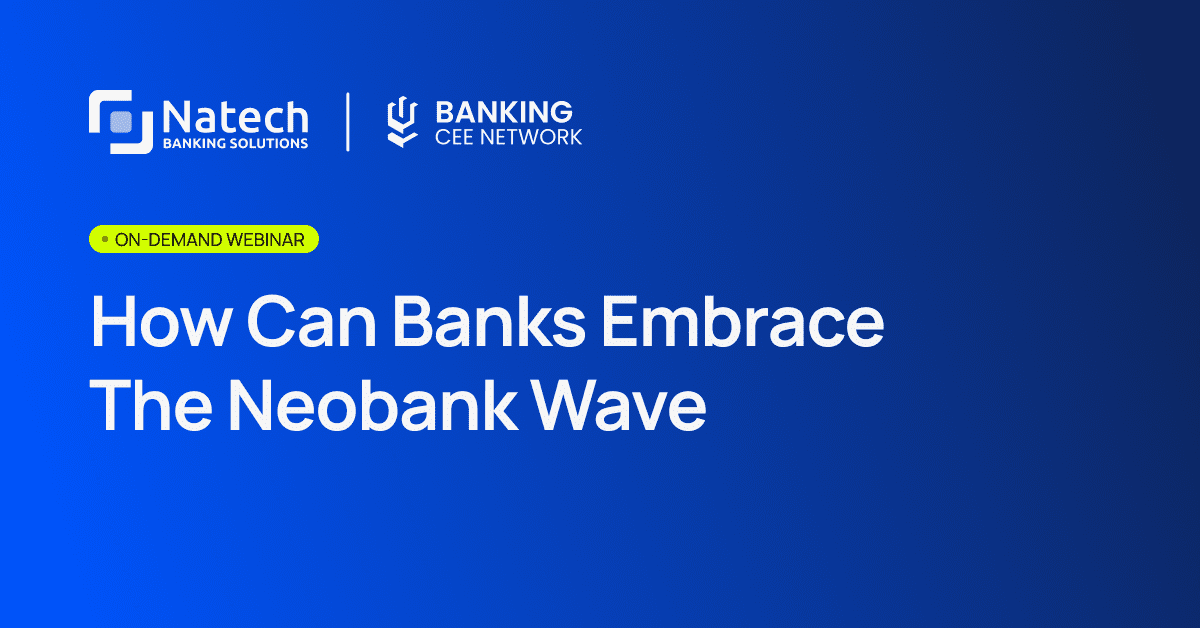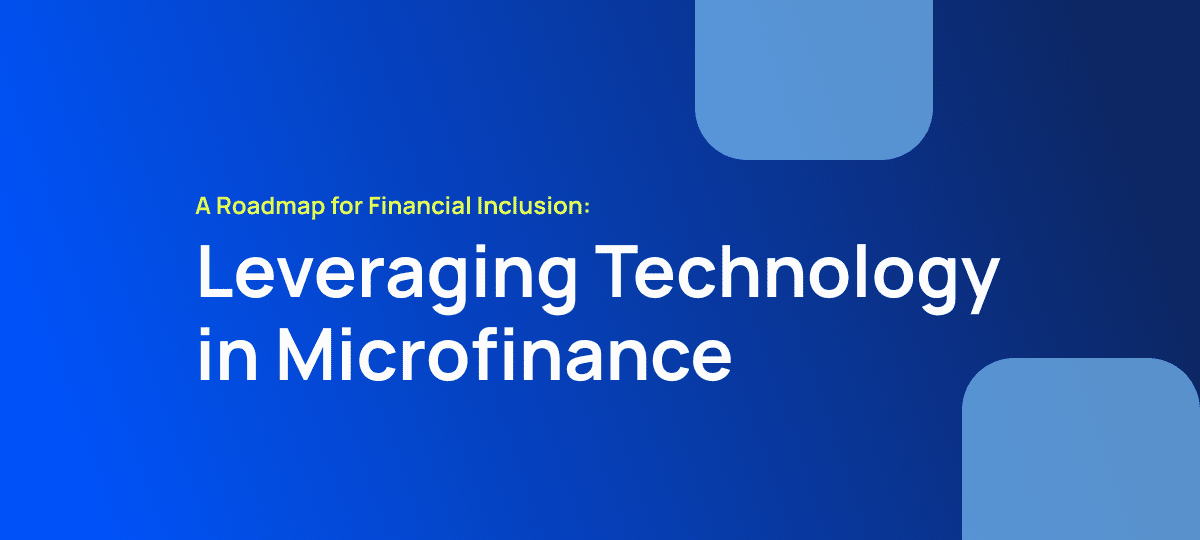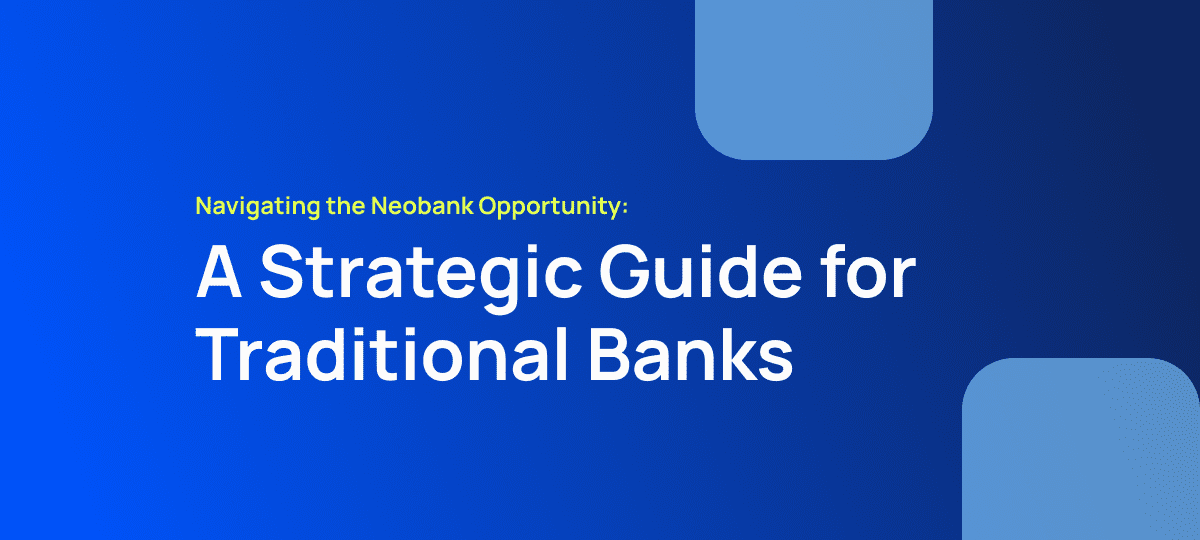Top 5 Banking-as-a-Services (BaaS) Trends in 2023

Does Banking-as-a-Service (BaaS) sound like a buzzword? Gartner disagrees. According to the Gartner Hype Cycle for Digital Banking Transformation report published in September 2022, it’s poised for mainstream adoption by 2024.
The size of the total addressable market (TAM) for BaaS providers in the EU and UK is expected to reach €105 billion by 2030. Technological advancements and consumer preference have led to a foray of fintech firms entering the financial ecosystem. Apart from this, the retail sector is projected to contribute the most to the growth of this TAM, up to about 60%. While BaaS is set to be a cornerstone of the future of the global financial ecosystem, some trends will define this space and steer it ahead.
Here are the top five trends that will shape BaaS in 2023.
1. Continued Growth of Digital Banking
The growing purchasing power of Millennials and Gen Zs, who are much more digitally savvy than previous generations, has led to greater demand for digital banking services. The emergence of Gen Alpha makes the prospects even brighter.
The global digital banking market is projected to cross the $10 trillion, representing a CAGR of about 4.50% between 2022 and 2028.
With customers expecting financial services to be available at their fingertips, banks and other financial institutions are leveraging BaaS to accelerate their time to market new offerings. BaaS is likely to continue replacing the complex infrastructure of legacy financial entities making financial services more accessible and fun.
With customers moving from branch-based to mobile-only banking interactions, numerous banks are closing branches, removing ATMs and reducing costs. Leading banks in the UK plan to close around 300 branches in 2023. This trend is likely to spread across geographies.
2. Embedded Finance Goes Mainstream
BaaS has made it possible for consumers to access financial services through brands and channels they trust, ranging from retailers to airlines and from food delivery to streaming services. BaaS allows financial companies to deliver their services directly on the platforms of popular brands. Take the example of Amazon, which allows customers to convert their order value into EMIs (Equated
Monthly Instalments) at the point of purchase.
This enables customers to access instant credit without leaving the Amazon website. This is possible because the credit products offered by a financial company are embedded in the apparel brand’s digital ecosystem. With BaaS, financial products can be offered at a modest cost to highly targeted customers, right where they need it.
Customers have come to expect the seamless integration of financial services in all businesses they interact with, helping embedded finance reach its full potential. From ordering food through Grubhub to requesting a ride from Uber, larger brands are already providing their customers
embedded payments at the checkout pages.
3. Personalization Is Owning the Customer Journey
People no longer respond to standardized products and services or “one size fits all” recommendations. Thanks to open banking and API-driven solutions, a lot of customer data is now available.
BaaS can help connect with a variety of APIs, allowing access to data that can be combined with high-end analytics to tailor their offerings to different customer segments.
For instance, a customer who had taken a home loan can be offered instant approval for a “top-up” loan to buy furniture or furnishings for the new home. Financial entities must consider the entire customer lifecycle and really own the complete banking experience to stay relevant in 2023 and
beyond.
4. Greater Emphasis on Security
Open banking, inter-industry transactions, cloud-based data, and operations management may raise security concerns among users. This will increase the emphasis on strengthening security measures across the BaaS landscape. The good news is that brands that integrate BaaS can enjoy peace of mind over-regulation and compliance.
Developments in 2023 and beyond are likely to focus on BaaS platforms that allow deeply integrated monitoring and other compliance-related activities, delivered in sync with the brand’s relationship with customers.
5. Payments Through Social Media Apps
The number of social media users around the world grew from 4.2 billion in January 2021 to 4.62 billion in January 2022, and this number is projected to jump to almost 6 billion by 2027. Against this backdrop, businesses are increasingly offering the convenience of purchasing their products directly
from their social media channels.
Adidas, Nike, Guess, Levi’s, Old Navy and Under Armor are some of the biggest brands selling on Facebook Marketplace. BaaS allows financial institutions to securely integrate their services with brands and businesses that offer their products on social media platforms to boost their revenues.
What Else to Expect
BaaS has the power to facilitate the omnichannel use of digital payments, which are preferred by digital native customers. At Natech, we have a strong and diverse team that has vast experience in the fintech and financial services spaces. We are committed to creating helping financial institutions achieve higher levels of operational efficiency. Our custom solutions are easy to adopt, with an open pick-and-play architecture to empower the future of banking and financial services.
Contact us today to discover the future possibilities for your brand.











